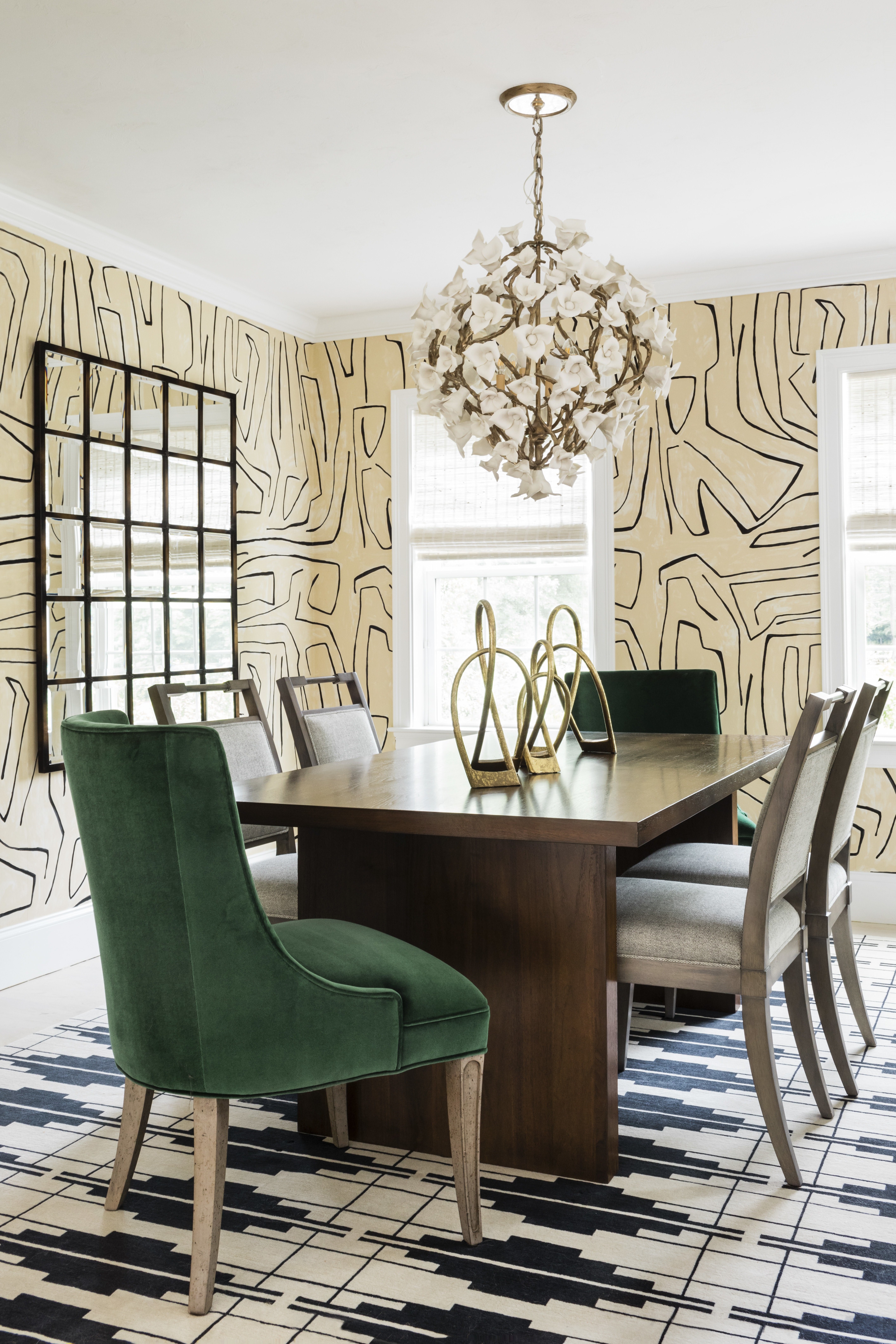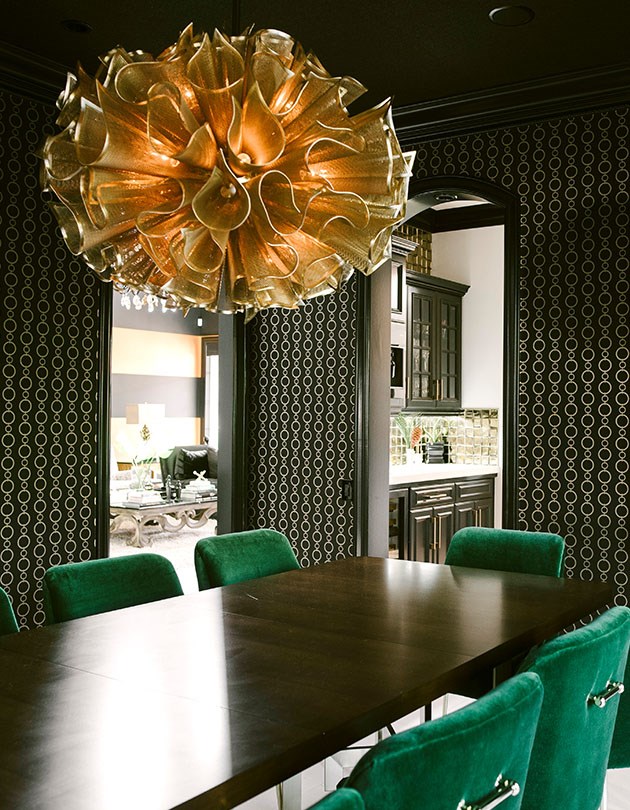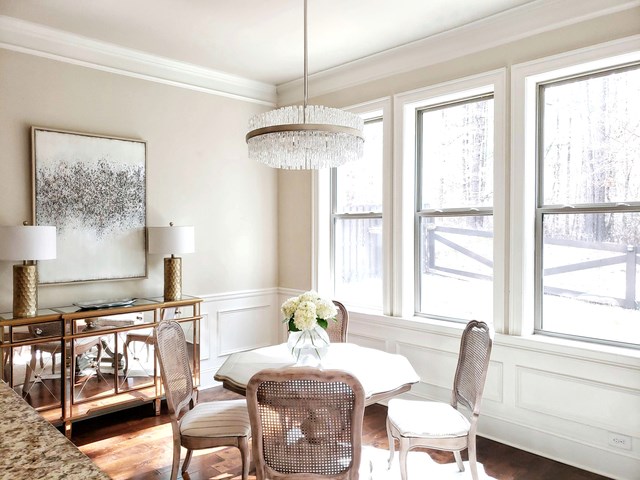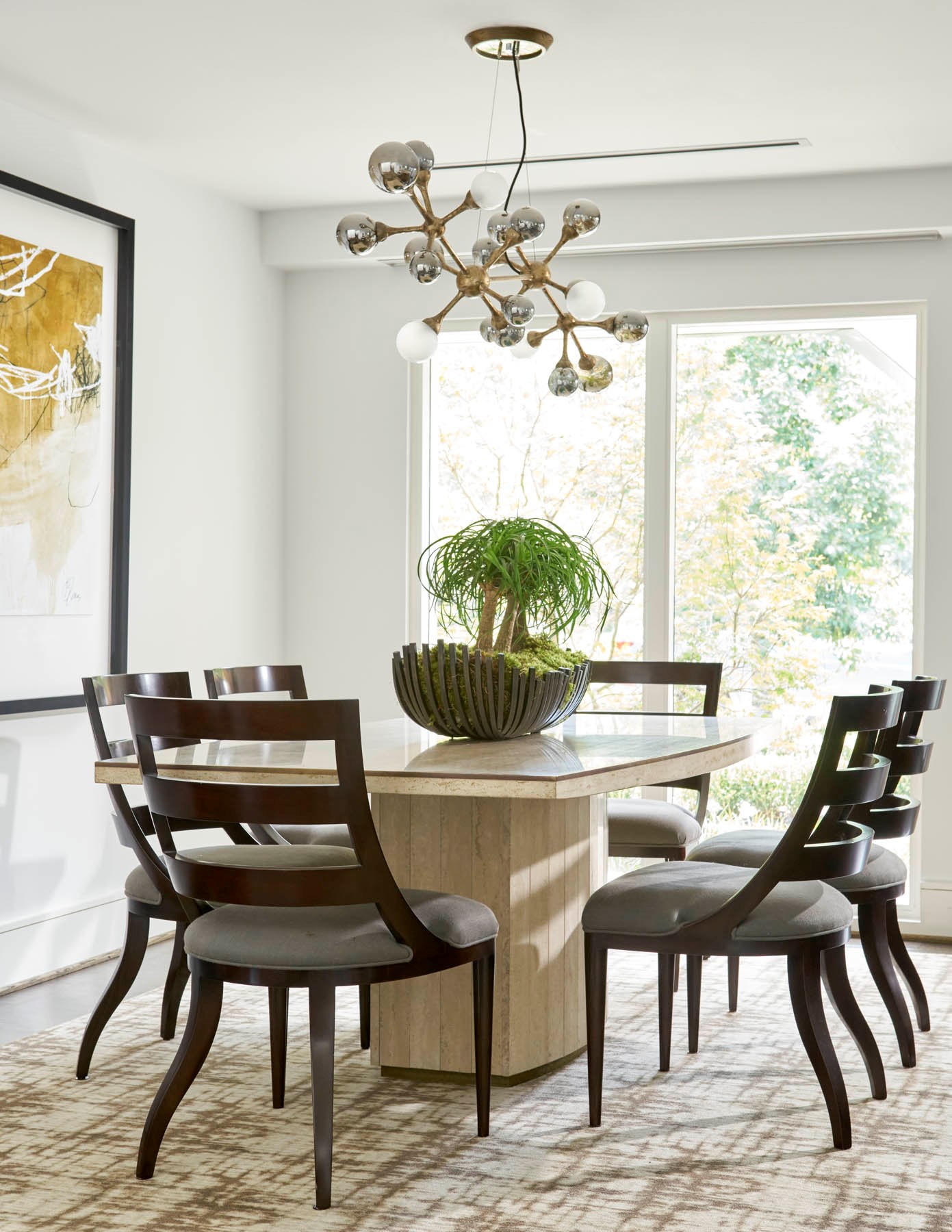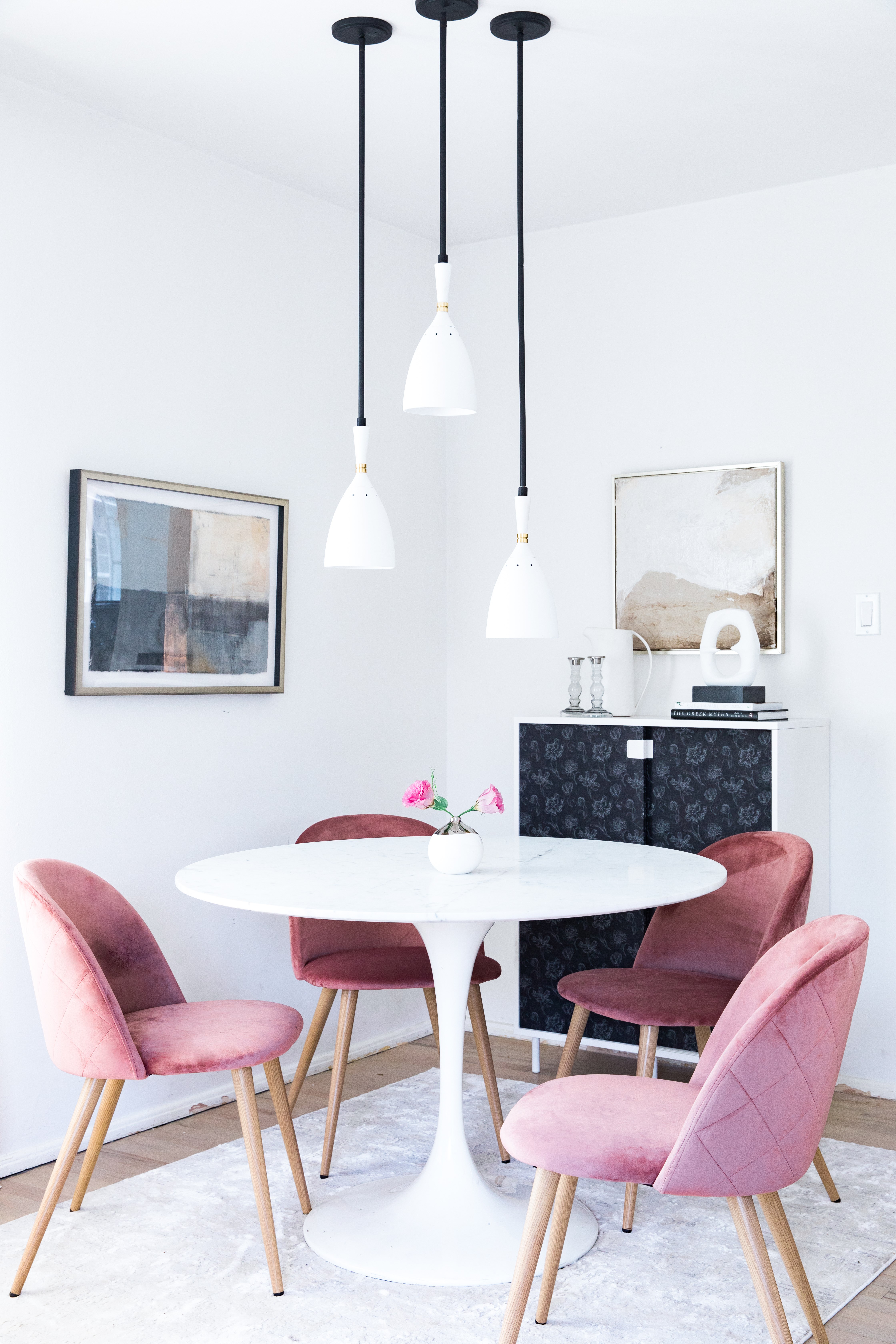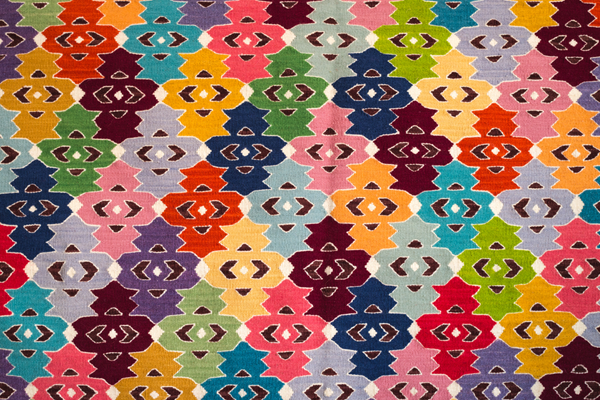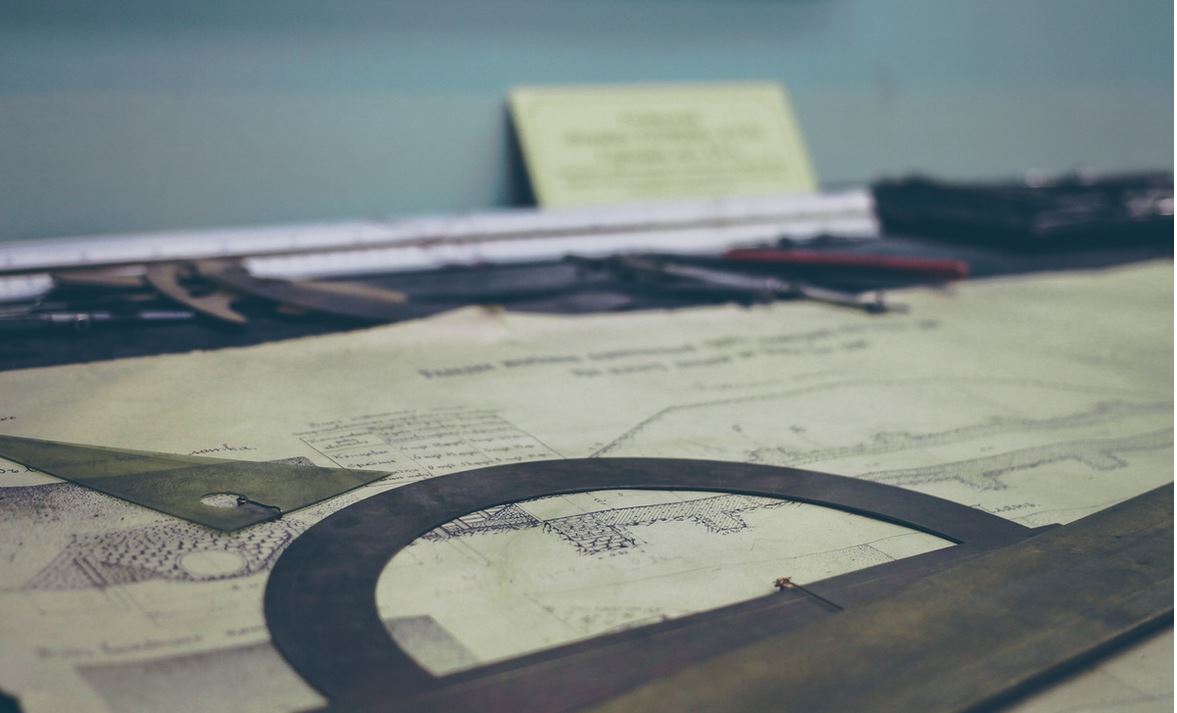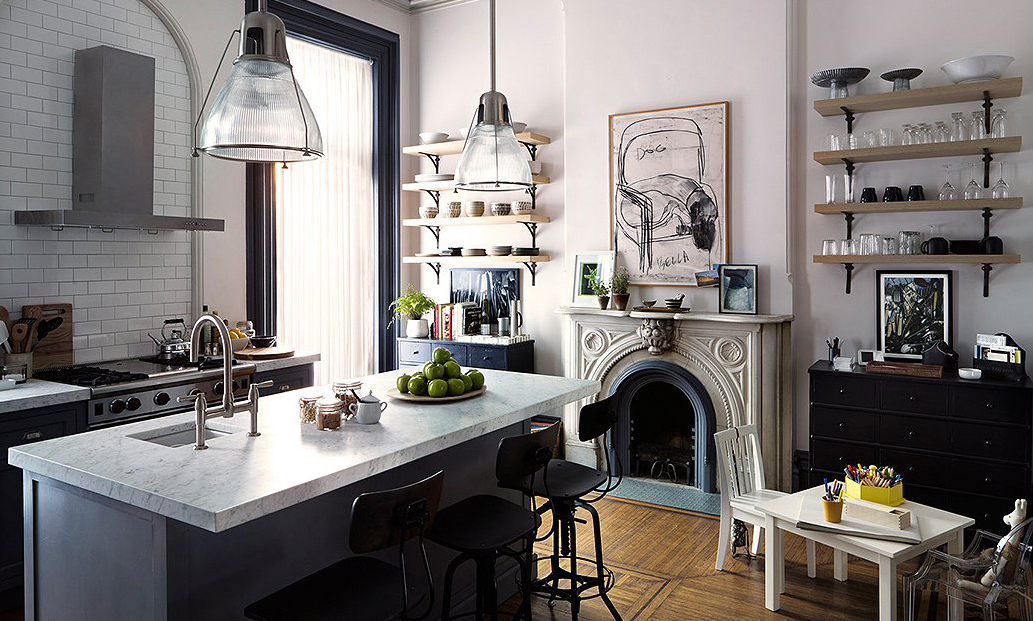If there's one spot in the house for a dramatic, high-impact chandelier, it may just be above the dining table.
And here's why: It's the center of entertaining.
Setting out a feast for a long night of laughter and conversation to be remembered starts with setting the scene with an opulent table setting matched with dramatic and elegant lighting.
Where a dramatic ceiling fixture may set a momentary impression in some areas, here, there's ample opportunity to consider the source of light as a work of art—its craftsmanship, texture, contrast, and thoughtful design. There is usually not much else to consider in a dining area: table, chairs, and chandelier take center stage; credenzas, sideboards, bar carts, artwork, and decorative objects play supporting roles.
Accent light will accentuate these peripheral areas as well as anything of architectural distinction, such as custom millwork. Working with candles, wall sconces and lamps will illuminate guests' faces from the front and side, putting them in the best light and making them feel relaxed. Meanwhile, task lighting illuminates a drink-mixing station or side-serving area. A dining room's lighting plan depends on its size and style, but it always includes a striking ceiling-mounted light fixture.





